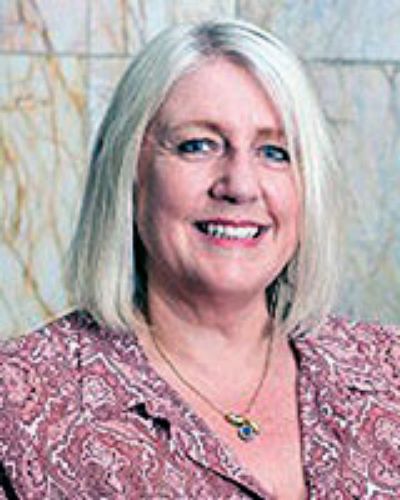Now published, see the full article 
Early Abstract:
Background: The burden of stroke for Aboriginal and Torres Strait Islander peoples is significant. The National Stroke Foundation (NSF) has identified that Aboriginal and Torres Strait Islander people are more likely to have a stroke at a younger age than the non-Indigenous population and are twice as likely for stroke to result in death, and that those Aboriginal and Torres Strait Islander people living in rural and remote areas are less likely to have access to an acute stroke unit. The only Acute Stroke Unit in Far North Queensland (FNQ) treats six times more Aboriginal and Torres Strait Islander patients than the Queensland average, a large proportion of whom reside in the rural and remote communities of the Cape and Torres Strait. The project titled ‘Culturally appropriate stroke services for Aboriginal and Torres Strait Islander people’ received Closing the Gap funding to identify the needs of Aboriginal and Torres Strait Islander stroke survivors in Far North Queensland and establish a model of care that was responsive to these needs.
Methods/Design: Data were collected from 24 stroke survivors, 10 carers and 70 stakeholders through surveys. The surveys incorporated open-ended questions and were administered through face to face interviews with participants from across 18 diverse Aboriginal and Torres Strait Islander communities within (FNQ).Guided by the principles of thematic analysis the data were coded, categories created and themes and sub-themes identified.
Findings: This study emphasises the need for an inclusive co-ordinated and culturally responsive approach to Aboriginal and Torres Strait Islander stroke care that values the role of the client, their family and community. The Aboriginal and Torres Strait Islander Liaison Officer has a pivotal role within the multidisciplinary team. Resources specific to the language, literacy and cultural needs of Aboriginal and Torres Strait Islander stroke survivors are required as is advocacy for the availability and use of Aboriginal and Torres Strait Islander language interpreters. Aboriginal and Torres Strait Islander stroke survivors have limited opportunity to fulfil their rehabilitation potential post hospital discharge.
Conclusion: An integrated patient centred model of care that spans the care continuum and places value on an extended role for the Aboriginal & Torres Strait IslanderHealth Worker workforce is indicated, as is an increased utilisation of allied health and specialist follow-up close to home.


